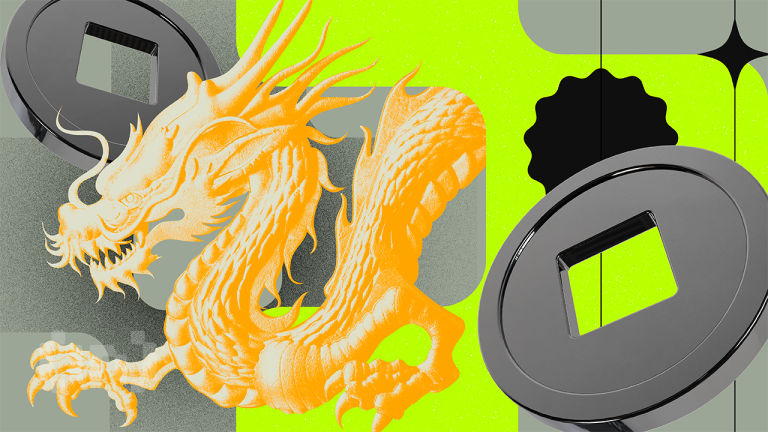
Mindfulness Practices for Stress Relief
Mindfulness is a powerful tool for stress relief and improving mental well-being. By incorporating mindfulness practices into your daily life, you can reduce stress and anxiety, and improve your overall health and happiness. In this article, we will explore the benefits of mindfulness and provide tips and techniques for practicing mindfulness for stress relief.
What is Mindfulness?
Mindfulness is the practice of being present and fully engaged in the current moment. It involves paying attention to your thoughts, feelings, and sensations without judgment or attachment. Mindfulness is often practiced through meditation, yoga, and other mindfulness exercises.
Benefits of Mindfulness for Stress Relief
The benefits of mindfulness for stress relief are numerous. Some of the most significant benefits include:
- Reduced stress and anxiety
- Improved mood and emotional well-being
- Enhanced cognitive function and focus
- Improved sleep quality
- Increased self-awareness and self-acceptance
Mindfulness Practices for Stress Relief
There are many mindfulness practices that can help with stress relief. Some of the most effective practices include:
- Meditation: Meditation involves sitting or lying down and focusing on your breath or a mantra. Regular meditation practice can help reduce stress and anxiety by teaching you to stay present and focused.
- Yoga: Yoga combines physical movement with mindfulness and breath awareness. Yoga can help reduce stress and anxiety by promoting relaxation and reducing muscle tension.
- Deep breathing exercises: Deep breathing exercises involve taking slow, deep breaths and focusing on the sensation of the breath in your body. Deep breathing can help calm the nervous system and reduce stress and anxiety.
- Body scan: A body scan involves lying down or sitting comfortably and paying attention to the sensations in your body. This can help you release physical tension and promote relaxation.
Tips for Incorporating Mindfulness into Your Daily Life
Incorporating mindfulness into your daily life can be simple and easy. Here are some tips to get you started:
- Start small: Begin with short periods of mindfulness practice, such as 5-10 minutes per day, and gradually increase as you become more comfortable with the practice.
- Make it a habit: Incorporate mindfulness into your daily routine, such as right after waking up or before bed.
- Find a quiet space: Identify a quiet and comfortable space where you can practice mindfulness without distractions.
- Be gentle with yourself: Remember that mindfulness is a practice, and it’s okay if your mind wanders. Gently bring your attention back to the present moment without judgment.
Conclusion
Mindfulness practices are a powerful tool for stress relief and improving mental well-being. By incorporating mindfulness into your daily life, you can reduce stress and anxiety, and improve your overall health and happiness. Remember to start small, be gentle with yourself, and find a quiet space to practice. With regular practice, you can experience the many benefits of mindfulness and live a happier, healthier life.






